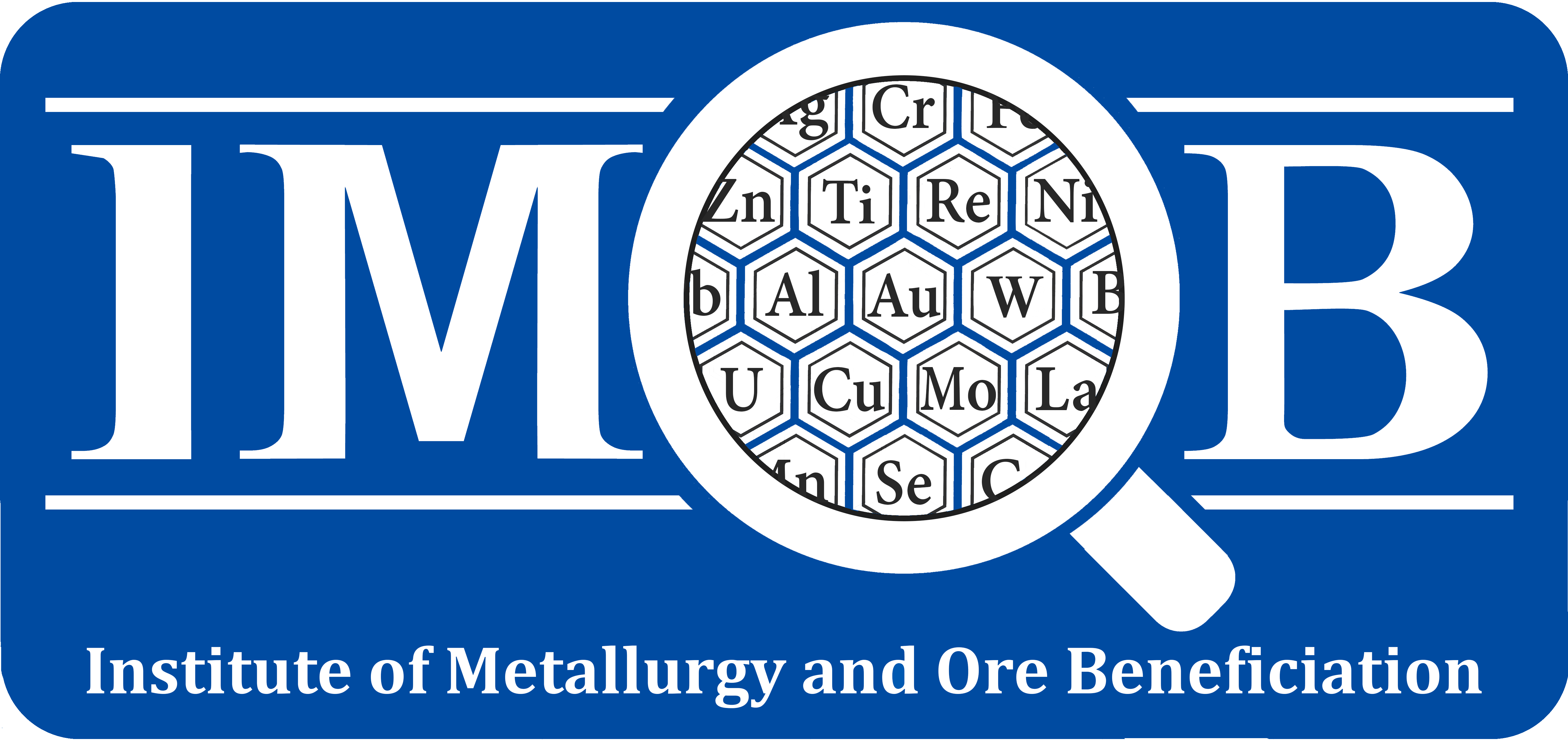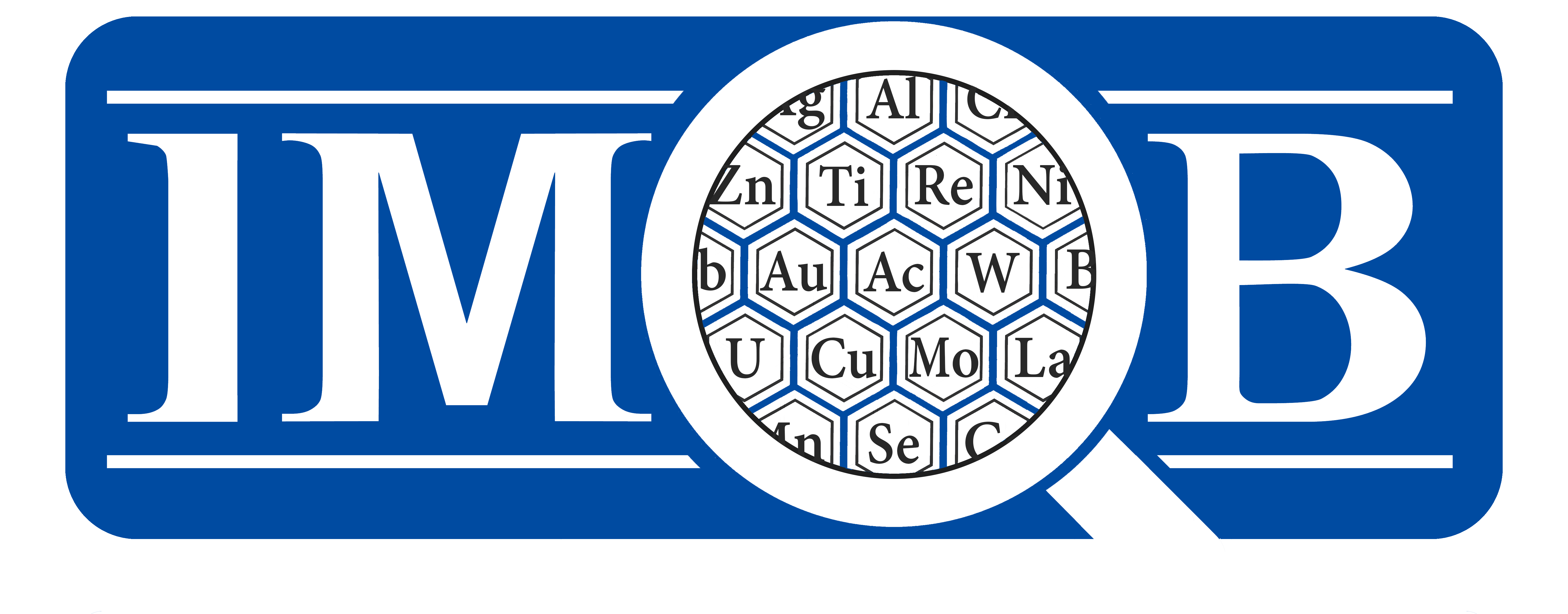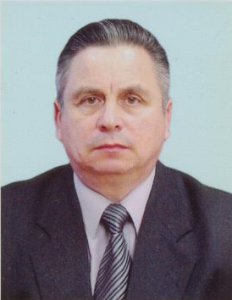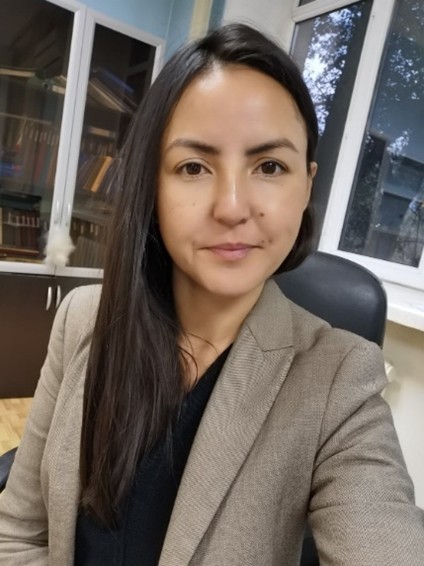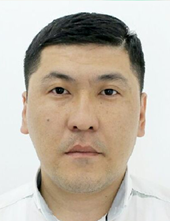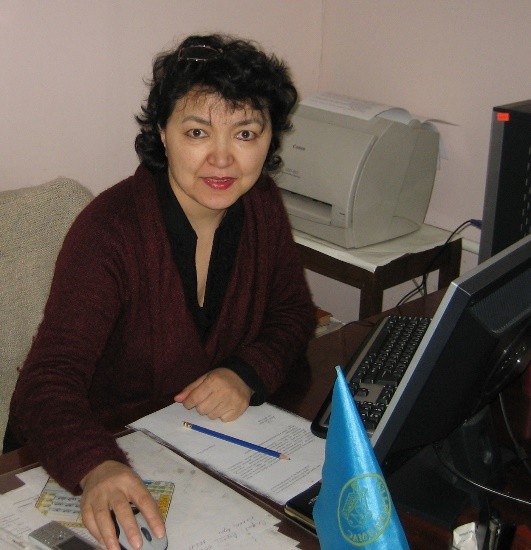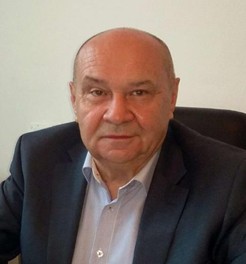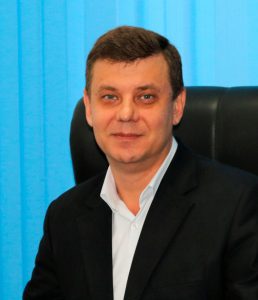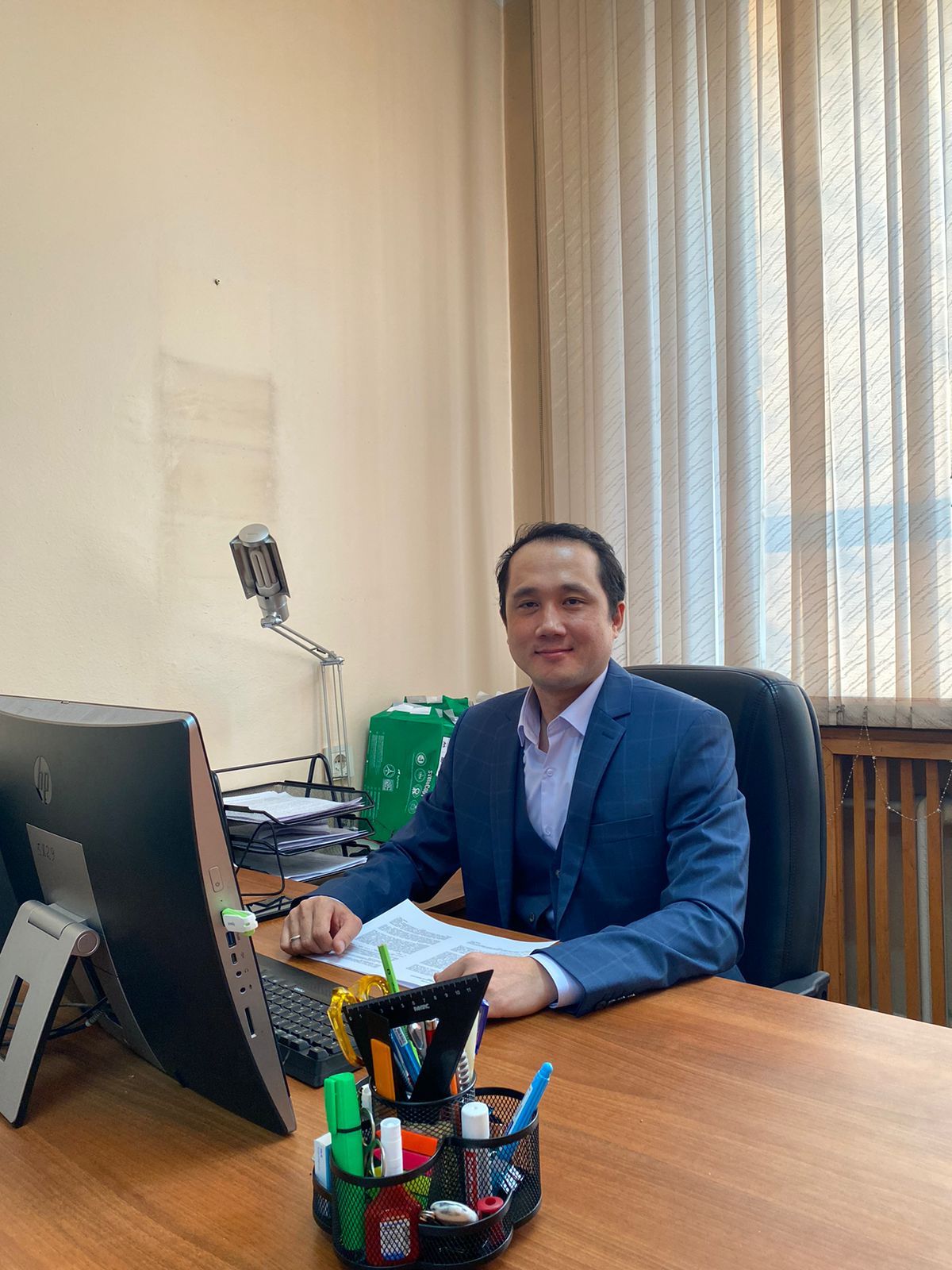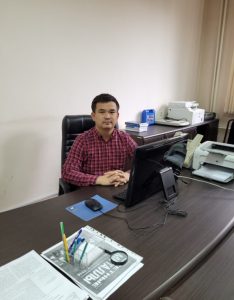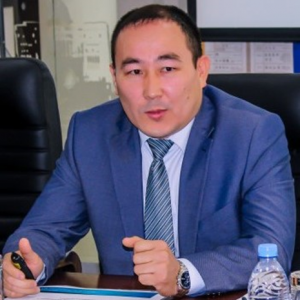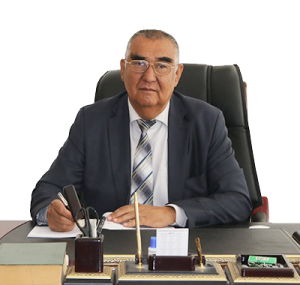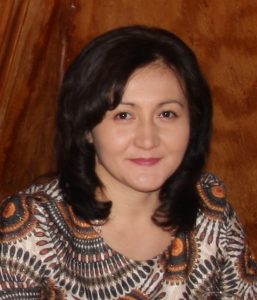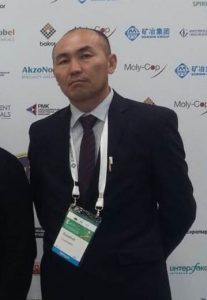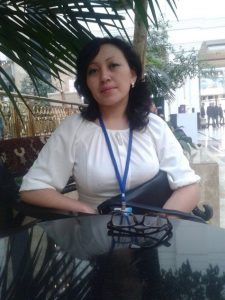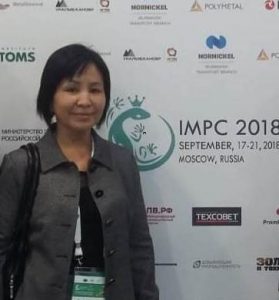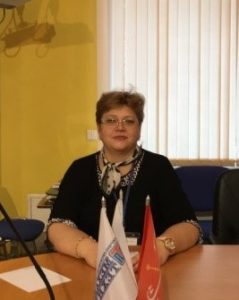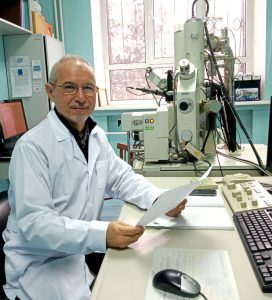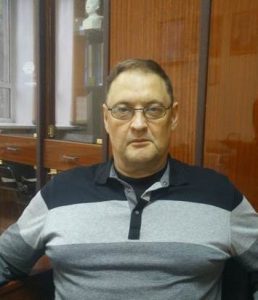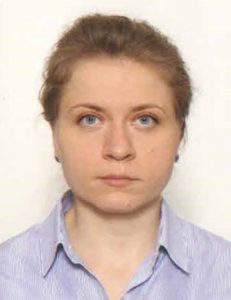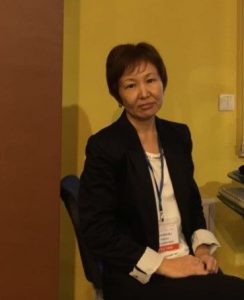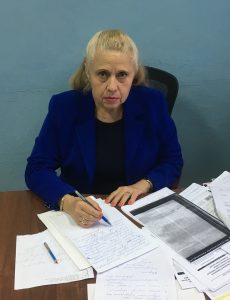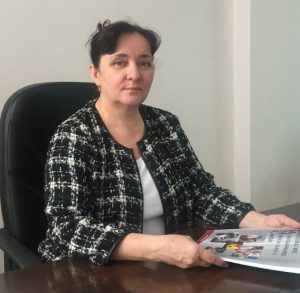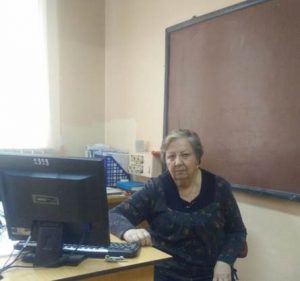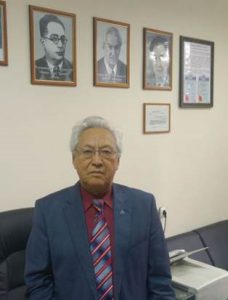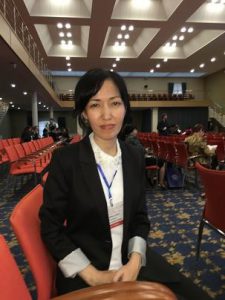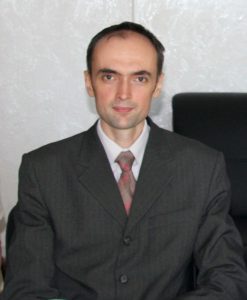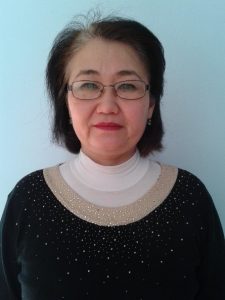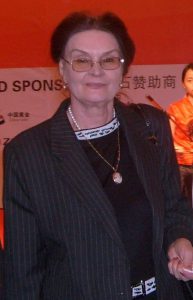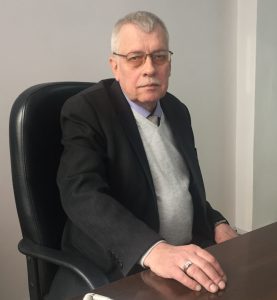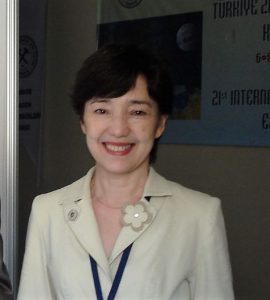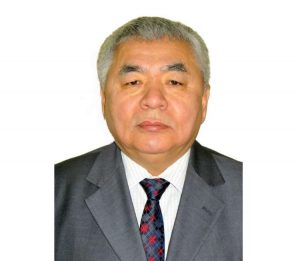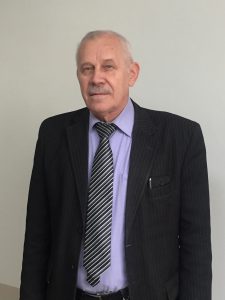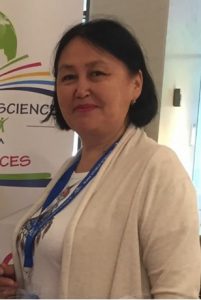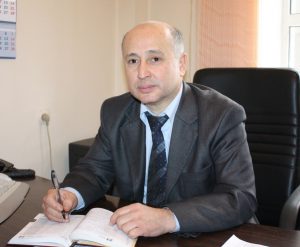BR24992757
«Development and improvement of rational technologies intended to process substandard ores and man-made waste»
Project Manager: Kenzhaliyev B.K.
The program is aimed at developing and improving technologies for processing substandard ores and technogenic waste using new approaches: generating emulsion microbubbles using a turboflotator, which makes it possible to capture ultrafine valuable minerals less than 30 microns from refractore ore raw materials; extraction of copper from low-grade raw materials and the need for direct production of blister copper during autogenous smelting of copper sulfide concentrates; obtaining molybdenum trioxide from molybdenum concentrate through nitric-sulfuric acid treatment and sorption; extraction of antimony from sodium antimonate by reduction smelting to obtain products suitable for further processing and sale. Currently, the pressing problems of the industry are the low quality of ore raw materials and the presence of tens of billions of tons of technogenic waste. Due to the limited resources of high-quality mineral raw materials, substandard ores and production wastes become an important raw material source for metals. Existing technologies are ineffective for their processing. The main approaches to conducting research are to develop technologies for processing such raw materials, use digital technologies to create software to manage the developed technologies, and prepare technical documentation for their implementation in industry.
Program objectives:
1) The technology of multicomponent microflotation has been developed to increase the efficiency of extracting ultrafine valuable minerals from hard-to-enrich ore;
2) The technology of multicomponent microflotation has been developed to increase the efficiency of extracting ultrafine valuable minerals from man-made raw materials and an information program for technology analysis;
3) An information system has been developed and created for the analysis of combined hydrometallurgical technology for processing copper ores;
4) The technology of processing sulfide copper concentrates with direct production of rough copper has been developed;
5) A technology has been developed for processing slags obtained by direct production of rough copper.
6) The technology of obtaining molybdenum trioxide from molybdenum concentrate has been improved and an information system for technology analysis has been created;
7) A method has been developed for extracting antimony from industrial products of lead production with the creation of an information system for analyzing the technological process.
Expected results:
- multicomponent microflotation technology to increase the efficiency of extracting ultrafine valuable minerals from hard-to-enrich ore using microheterogenic reagents generated using an innovative turboflotator, increasing the technological parameters of enrichment by 2-4.6% compared with the basic regime, reagent costs and flotation time are reduced by 40%;
- technology of multicomponent microflotation of technogenic gold-containing raw materials using microheterogenic reagents generated using an innovative turboflotator with an information analysis system, which allows to increase the technological parameters of enrichment by 3-5.7% compared with the basic mode and provides a reduction in reagent costs and flotation time by 30%;
- initial data for the technological regulations of the combined hydrometallurgical processing of hard-to-open copper-containing raw materials with an information analysis system, which allows to increase copper extraction by 5-7% and reduce the consumption of the leaching reagent by 1.5 times;
- initial data for the design of an industrial unit for processing sulfide copper concentrates with direct production of rough copper, which reduces the cost of copper by 3-5%;
- initial data for the technological regulations of the slag processing process obtained by direct production of rough copper, which allows reducing the copper content in them from 3-5 to 0.7%;
- initial data for the technological regulations for the processing of molybdenum concentrate to produce 96% molybdenum trioxide and an information system for the analysis of technological indicators;
- an effective method for extracting antimony from industrial products of lead production in order to increase the extraction of rare elements, in particular antimony (more than 90%), from polymetallic raw materials with the creation of an information system for analyzing the technological process;
- pilot testing of the developed technologies.
The results of the program are published:
1) at least 9 (nine) articles and (or) reviews in peer-reviewed scientific publications in the scientific field of the program, included in the 1st (first), 2nd (second) and (or) 3rd (third) quartile by impact factor in the Web of Science database and (or) having a percentile by CiteScore in the Scopus database is at least 50 (fifty).
2) at least 10 (ten) articles in journals recommended by the CQASHE.
3) at least 1 (one) monograph or textbook in foreign and (or) Kazakhstani publishing houses recommended by the academic council and (or) the scientific and technical council of the applicant's organization;
4) at least 2 (two) patents in foreign patent offices (European, American, Japanese) or at least 2 (two) foreign or international patents included in the Derwent Innovations Index database (Web of Science, Clarivate Analytics) or at least 5 (five) intellectual property objects (patent; for applications in the field of information technology - an author's certificate) registered with the National Institute of Intellectual Property of the Republic of Kazakhstan.
Достигнутые результаты:
Initial data were prepared and preliminary experiments and calculations were carried out for the technologies being developed and information systems for managing them.
Article published:
Dzhienalyev, T.; Biryukova, A.; Kenzhaliyev, B.; Uskenbaeva, A.; Ruzakhunova, G. Mullite–Silicate Proppants Based on High-Iron Bauxite and Waste from Metallurgical Industry in Kazakhstan. Ceramics 2024, 7, 1488-1499. https://doi.org/10.3390/ceramics7040096
Patent application filed № 2025/0284.1 from 28.03.2025 Method of biochemical leaching of copper from low-grade raw materials.
BR24992868
«Development of innovative technology and software products for the use of multicomponent alloys for increasing productivity of high-viscosity oil wells»
Project Manager: Boiko G.I.
The main problems in the production of high-viscosity oil (HVO) are high viscosity and low mobility of oil in the reservoir, which complicates the process of exploitation of the fields. The formation of paraffin deposits in a well, on downhole equipment, and tubing leads to a decrease in well productivity and an increase in the cost of operations due to the need to use special expensive equipment for their maintenance and cleaning. Existing technologies are not widely used due to high capital investments with low profitability of VVN wells. To increase the productivity of VVN wells, it is necessary to develop innovative technological solutions, as well as software products for analysis and process control. The main approaches to conducting research are aimed at intensifying the influx of formation fluids, restoring and increasing the productivity of high-pressure wells through active physical and chemical exposure to multicomponent alloys of light and trace metals, cleaning the CCD and well equipment from paraffin, with testing in pilot-industrial conditions, development of an information system based on the Digital Twin concept for analyzing created technologies.
Program objectives:
1) The technological parameters of the manufacture of multicomponent alloys containing light and scattered metals have been optimized, the composition, structure and mechanical properties of binary and multicomponent alloys have been studied using modern instrumental methods, and the formation temperatures of liquid eutectic of multicomponent alloys have been determined;
2) The reactivity of multicomponent alloys containing light and dispersed metals with water and oil–water emulsion was evaluated by measuring heat and gas release depending on the alloy composition, temperature and duration of the process, pH of the oxidizing medium and dispersion of alloy particles;
3) The processes of heat and mass exchange of aluminum alloy concentration with reservoir water of the bottom-hole zone of the well are modeled: a) formation of a hydrogen vapor mixture; b) the effect of hydrogen on the rheological properties of high-viscosity oil in reservoir conditions; c) increasing the productivity of wells in high-viscosity oil fields;
4) The productivity of wells in high-viscosity oil fields has been optimized by digitalizing the initial BHZW data: a) physico-chemical parameters of the liquid (oil, water) of the well; b) geological and physical parameters of the well; c) geometric and structural data of the well.
5) An innovative technology for the use of multicomponent alloys has been developed to increase the productivity of high-viscosity oil wells based on the digitization of BHZW data; Extensive laboratory tests have been conducted. The initial data for the technological regulations have been issued and recommendations have been prepared for conducting pilot tests at the field.
The result of implementation will be:
- optimization of technological parameters for the manufacture of multicomponent alloys containing light and scattered metals, the composition, structure and mechanical properties of binary and multicomponent alloys were studied using modern instrumental methods, the temperature of formation of liquid eutectic of multicomponent alloys was determined.
- evaluation of the reactivity of multicomponent alloys containing light and dispersed metals with water and oil-water emulsion by measuring heat and gas release depending on the alloy composition, temperature and duration of the process, pH of the oxidizing medium and dispersion of alloy particles.
- modeling of heat and mass transfer processes in the interaction of a multicomponent aluminum alloy with the formation water of the bottom-hole zone of the well: a) formation of a hydrogen vapor mixture; b) the effect of hydrogen on the rheological properties of high-viscosity oil in reservoir conditions; c) increasing the productivity of wells in high-viscosity oil fields; - digitalization of BHZW of high-viscosity oil fields;
- an innovative technology for the use of multicomponent alloys to increase the productivity of high-viscosity oil wells, based on the digitalization of BHZW data. Consolidated laboratory tests;
- initial data for technological regulations and recommendations for conducting pilot tests at the field;
The results of the program are published:
1) at least 9 (nine) articles and (or) reviews in peer-reviewed scientific publications in the scientific field of the program, included in the 1st (first), 2nd (second) and (or) 3rd (third) quartile by impact factor in the Web of Science database and (or) having a percentile by CiteScore in the Scopus database is at least 50 (fifty).
2) at least 10 (ten) articles in journals recommended by the CQASHE.
3) at least 1 (one) monograph or textbook in foreign and (or) Kazakhstani publishing houses recommended by the academic council and (or) the scientific and technical council of the applicant's organization;
4) at least 2 (two) patents in foreign patent offices (European, American, Japanese) or at least 2 (two) foreign or international patents included in the Derwent Innovations Index database (Web of Science, Clarivate Analytics) or at least 5 (five) intellectual property objects (patent; for applications in the field of information technology - an author's certificate) registered with the National Institute of Intellectual Property of the Republic of Kazakhstan.
Results achieved:
1 Boranbayeva, Laura ; Boiko, Galina ; Didukh, Alexander ; Sarmurzina, Raushan ; Ilmaliyev, Zhanserik ; Lubchenko, Nina; Kozhamzharova, Assel ; Mombekov, Serzhan ; Raheem, Saki "Combined effect of depressor additive and heat treatment on the rheological properties of highly paraffinic oils // Journal: ACS Omega. Q1 Scopus percentile 76 https://doi.org/10.1021/acsomega/4c08126
2 Laura Boranbayeva, Galina Boiko, Alexander Didukh,Bagdaulet Kenzhaliyev, Nina Lubchenko, Raushan Sarmurzina, Assel Kozhamzharova, Serzhan Yesembaevich Mombekov. Development of oil-blend compositions to improve the rheological parameters of waxy oils // Processes 2025, 13, 603. Q2 Scopus percentile 60. CiteScore 5.1 (Q2) https://doi.org/10.3390/pr13030603
3 Laura Boranbayeva, Galina Boiko , Andrey Sharifullin ,Nina Lubchenko , Raushan Sarmurzina,Assel Kozhamzharova and Serzhan Mombekov Analysis of the Processes of Paraffin Deposition of Oil from the Kumkol Group of Fields in Kazakhstan//Processes 2024, 12, 1052. Q2 Scopus percentile 60 https://doi.org/10.3390/pr12061052
4 Galina I. Boiko, Raushan G. Sarmurzina, Nina P. Lyubchenko, Zhazira A. Baltabekova, Kuanysh T. Tastambek, Pavel V. Kenyaikin, Anel Taubatyrova. Physico-chemical and microbiological parameters of natural, industrial recycled water and its treatment // Вестник нефтегазовой отрасли Казахстана. 2024, Том 6, №3, С. 128–54. https://doi.org/10.54859/kjogi108767
